HPE upgrades GreenLake with eight cloud services alongside private cloud platform
Landing in September 2022, HPE GreenLake for Private Cloud Enterprise ‘reimagines’ the private cloud experience, the industry giant claims
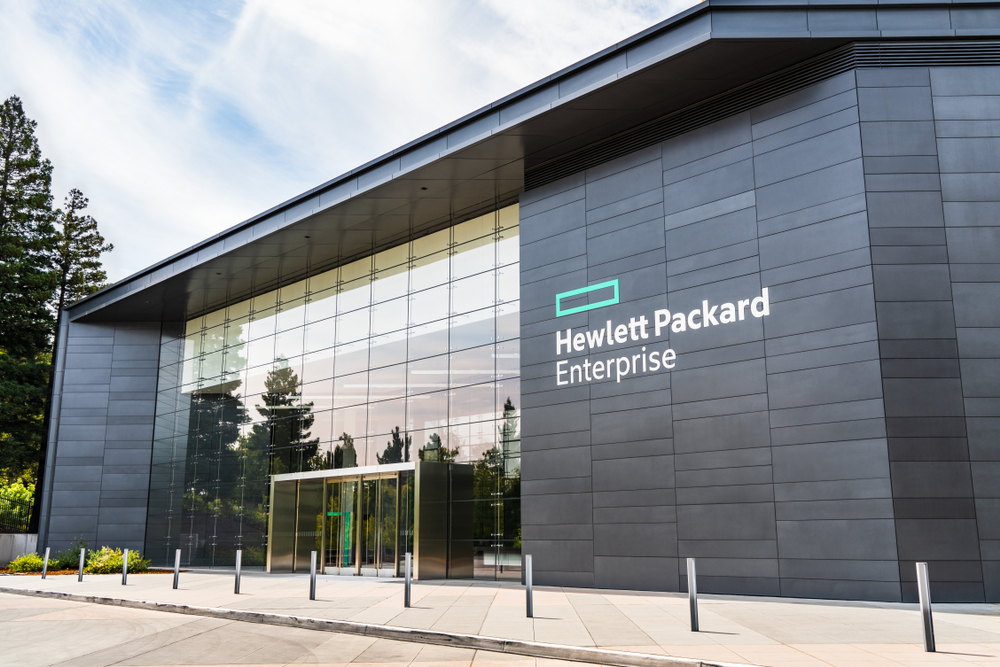

HPE has expanded its GreenLake hybrid cloud platform with a host of new cloud services alongside a fully-fleshed out private cloud module.
The firm claims it has ‘reimagined’ the private cloud experience with its HPE GreenLake for Private Cloud Enterprise platform, because it offers a modernised experience on a pay-as-you-go and pay-per-use basis.
Coming in September 2022, the platform will be released alongside eight additional cloud services for HPE GreenLake, which span hyperconverged infrastructure (HCI), to disaster recovery and payments.
“We took a few design principles [when building Private Cloud Enterprise],” said Vishal Lall, SVP and GM of HPE GreenLake Cloud Services Solutions. “One was the fact that the user experience (UX) needs to be really similar to that of the public cloud. Not just the UX, but the ability to provision infrastructure fast, consume it on the fly, get access to infrastructure quickly, run applications – whether it’s virtual machines (VMs) or containers – on one platform.
“The second design principle that we had was optimising for the workloads that run on it, not just from a hardware perspective, but a hardware and software perspective.”
Designed to support enterprise customers’ hybrid cloud journeys, GreenLake’s private cloud component is the company’s answer to what it’s picked out as a litany of problems with current crop of private cloud offerings.
Traditional platforms, the firm claims, have failed to deliver on their promise due to complexity, manual processes, lack of visibility and governance, and narrowly-focused platforms that don’t scale to meet enterprise demands.
Get the ITPro daily newsletter
Sign up today and you will receive a free copy of our Future Focus 2025 report - the leading guidance on AI, cybersecurity and other IT challenges as per 700+ senior executives
HPE GreenLake for Private Cloud Enterprise plans to address this by providing what the company describes as an automated, flexible, and scalable private cloud environment. This will be suitable for both cloud-native and traditional applications, while including modular infrastructure. The new platform also supports the deployment of bare metal, VMs, and container workloads.
‘Reimagining’ private cloud
HPE GreenLake for private cloud enterprise comes with enterprise-grade service-level agreements (SLAs) that covers the full lifecycle including installation, provisioning, firmware updates, maintenance, and support.
RELATED RESOURCE
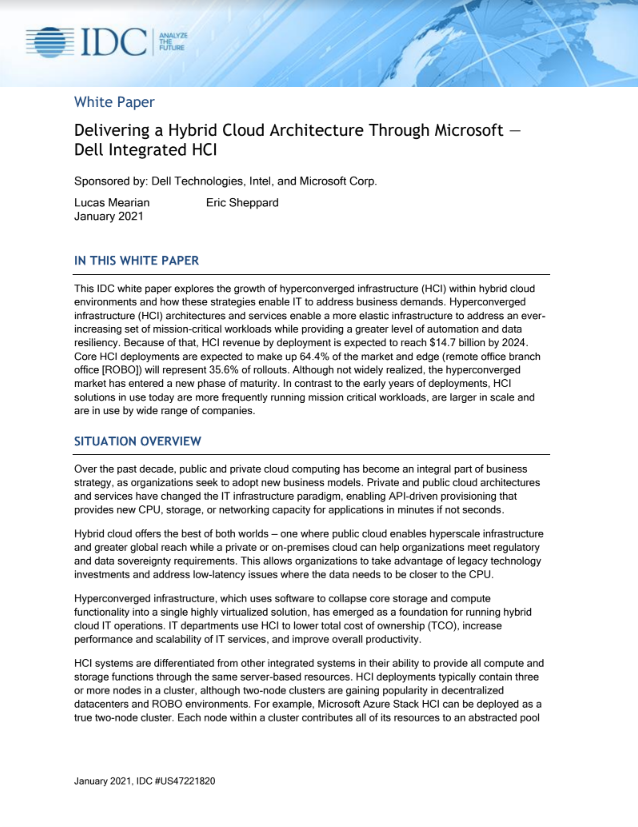
Delivering a hybrid cloud architecture
Exploring the growth of HCI within hybrid cloud environments
The platform is also designed to support the modern DevOps model, and can be programmatically provisioned, configured, and scaled. It can also integrate into an organisation's approved configurations, toolchains, images and networks.
With the private cloud module, customers can take advantage of the HPE GreenLake marketplace, too, which comprises an ecosystem of more than 80 vendors alongside service providers and colocation partners. This would allow them to deploy pre-tested and approved software in private cloud environments with ease.
Finally, HPE says its consumption analytics can help customers keep track of costs, with users able to view expenditure by service type, location, or business unit. They can also obtain an aggregated usage figure across the breadth of the private cloud deployment.
HPE GreenLake: Eight new cloud services
Alongside Private Cloud Enterprise, HPE has bolstered GreenLake with an array of new cloud services, which join an already substantial portfolio. All will be available as part of the upgraded HPE GreenLake platform from September 2022.
HPE GreenLake for Data Fabric: This is a managed service for hybrid cloud environments that comes with an analytics-ready data fabric. The service is designed to increase productivity with a single data store by granting companywide access to data.
HPE GreenLake for HCI: This service offers cloud operations with a software as a service (SaaS) base that serves as an interface to simplify VMs and IT infrastructure management in hybrid cloud environments.
HPE GreenLake for Disaster Recovery: Users can unlock a recovery process in a single platform with limitless scale, according to the company, which paves the way for recovery in a matter of minutes. This is billed to combat disasters that range from ransomware attacks to natural disasters.
HPE Backup and Recovery Service: This is specifically tailored for use with Amazon Web Services’ (AWS) Elastic Compute Cloud (EC2) platform as well as Elastic Block Storage (EBS) volumes. Customers can use this to protect their VMs, with HPE claiming it can eliminate the collective complexities in managing and operating backup hardware, software and cloud infrastructure.
HPE GreenLake for Block Storage: Touted as the industry’s first block storage as a service platform that delivers 100% data available on a cloud model, this offering includes service tiers in order to optimise storage for general purpose workloads.
HPE GreenLake for Compute Ops Management: This new service provides a cloud experience that simplifies and automates compute lifecycle management.
HPE GreenLake for Payments: The end-to-end, pay-per-use payments service is a secure and low-risk cloud-based platform that lets customers modernise their payments environment, especially with an eye on evolving regulations.
HPE GreenLake with FIS Ethos: The company says it’s working to achieve a collaboration with FIS Ethos to provide real-time customer data as well as engagement analytics. This aims to improve the digital engagement of customers on-demand, with real-time access to data that sits across multiple platforms.

Keumars Afifi-Sabet is a writer and editor that specialises in public sector, cyber security, and cloud computing. He first joined ITPro as a staff writer in April 2018 and eventually became its Features Editor. Although a regular contributor to other tech sites in the past, these days you will find Keumars on LiveScience, where he runs its Technology section.
-
 Should AI PCs be part of your next hardware refresh?
Should AI PCs be part of your next hardware refresh?AI PCs are fast becoming a business staple and a surefire way to future-proof your business
By Bobby Hellard Published
-
 Westcon-Comstor and Vectra AI launch brace of new channel initiatives
Westcon-Comstor and Vectra AI launch brace of new channel initiativesNews Westcon-Comstor and Vectra AI have announced the launch of two new channel growth initiatives focused on the managed security service provider (MSSP) space and AWS Marketplace.
By Daniel Todd Published
-
 The business value of Dell PowerFlex
The business value of Dell PowerFlexWhitepaper Minimize downtime and boost the productivity of IT staff with software-defined infrastructure
By ITPro Published
-
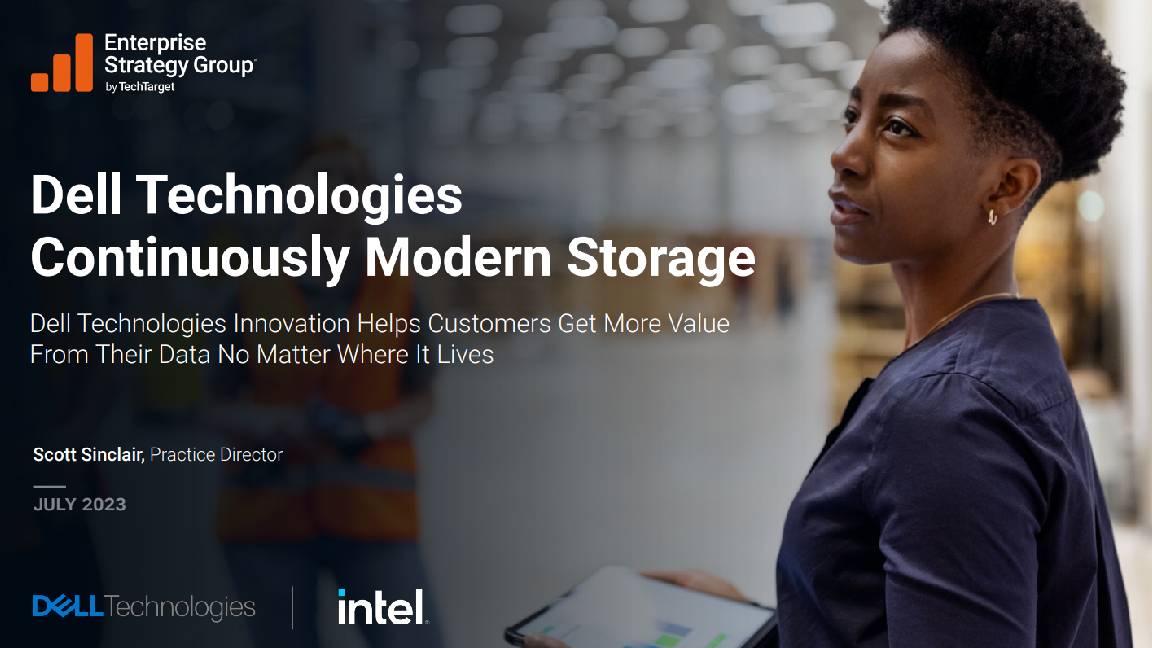 Dell Technologies continuously modern storage
Dell Technologies continuously modern storageWhitepaper Maximize the value of your data
By ITPro Published
-
 Bring your storage from ground to cloud
Bring your storage from ground to cloudWhitepaper Dell APEX Storage for public cloud
By ITPro Published
-
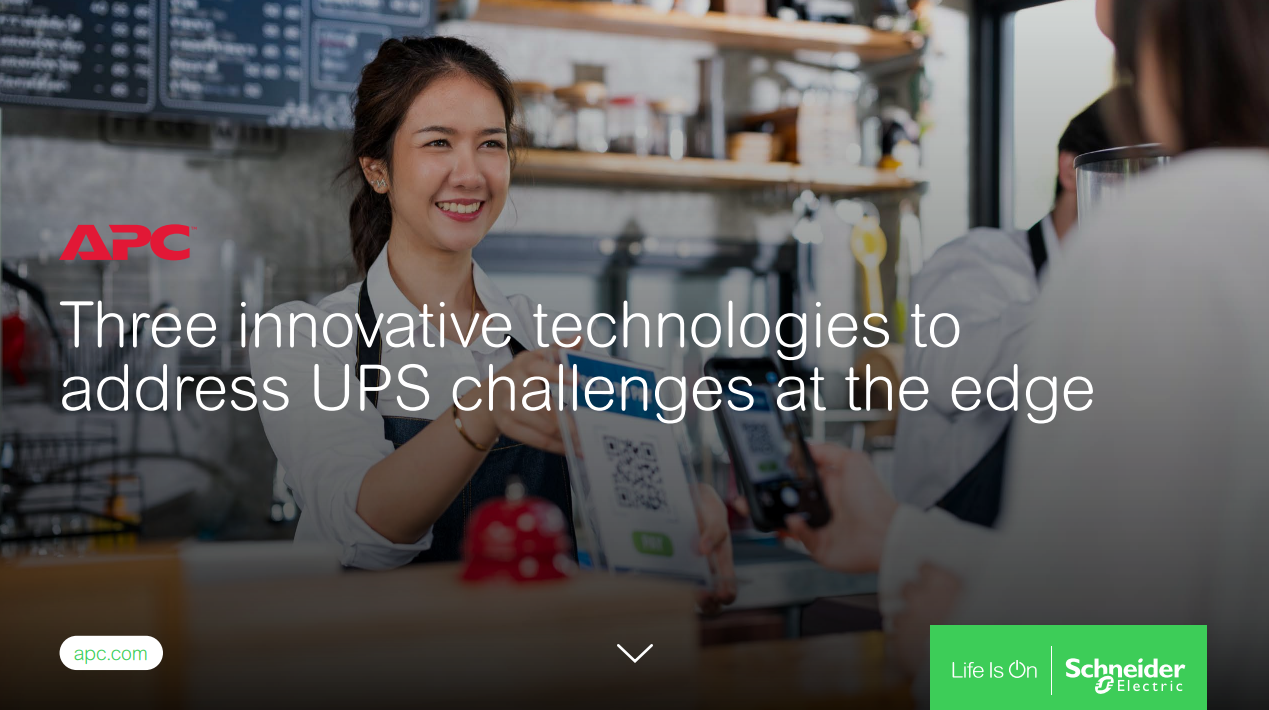 Three innovative technologies to address UPS challenges at the edge
Three innovative technologies to address UPS challenges at the edgeWhitepaper With increasing focus on edge computing comes added pressure for better uninterruptible power supply (UPS)
By ITPro Last updated
-
 Mapping the digital attack surface
Mapping the digital attack surfaceWhitepaper Why global organizations are struggling to manage cyber risk
By ITPro Published
-
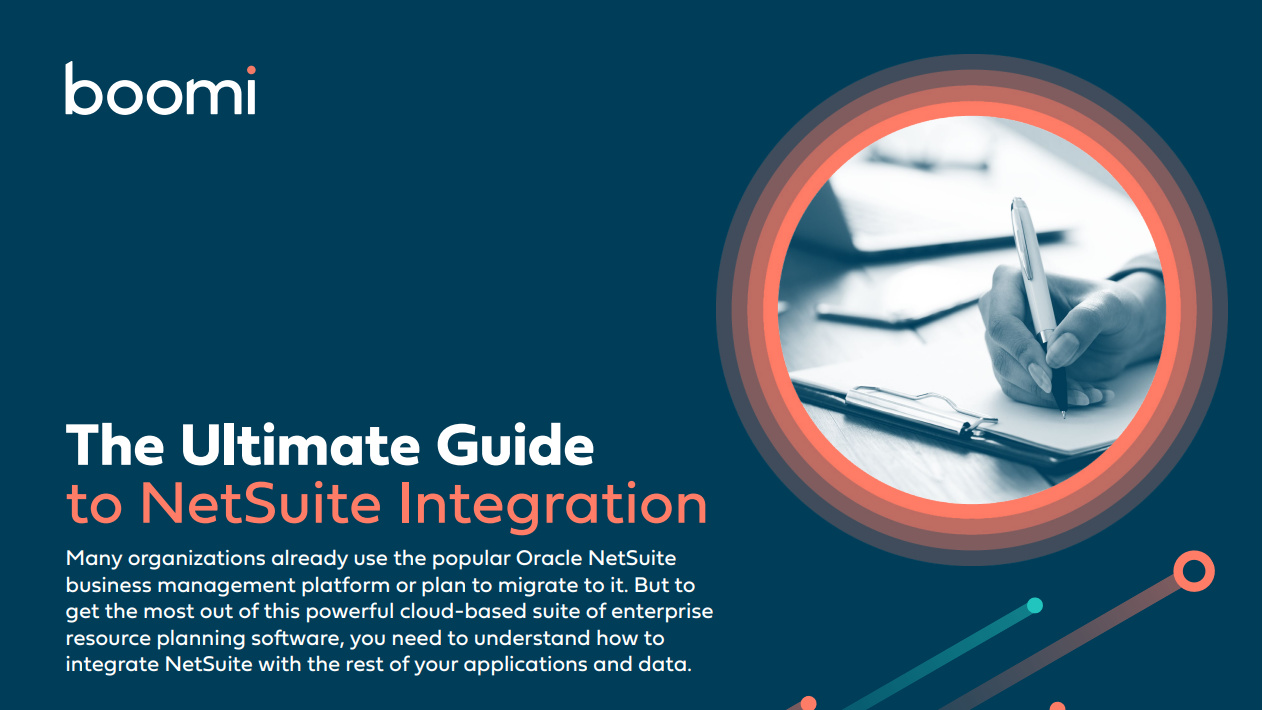 The ultimate guide to Netsuite integration
The ultimate guide to Netsuite integrationwhitepaper Download this eBook and get the most out of this powerful cloud-based suite of ERP software
By ITPro Published
-
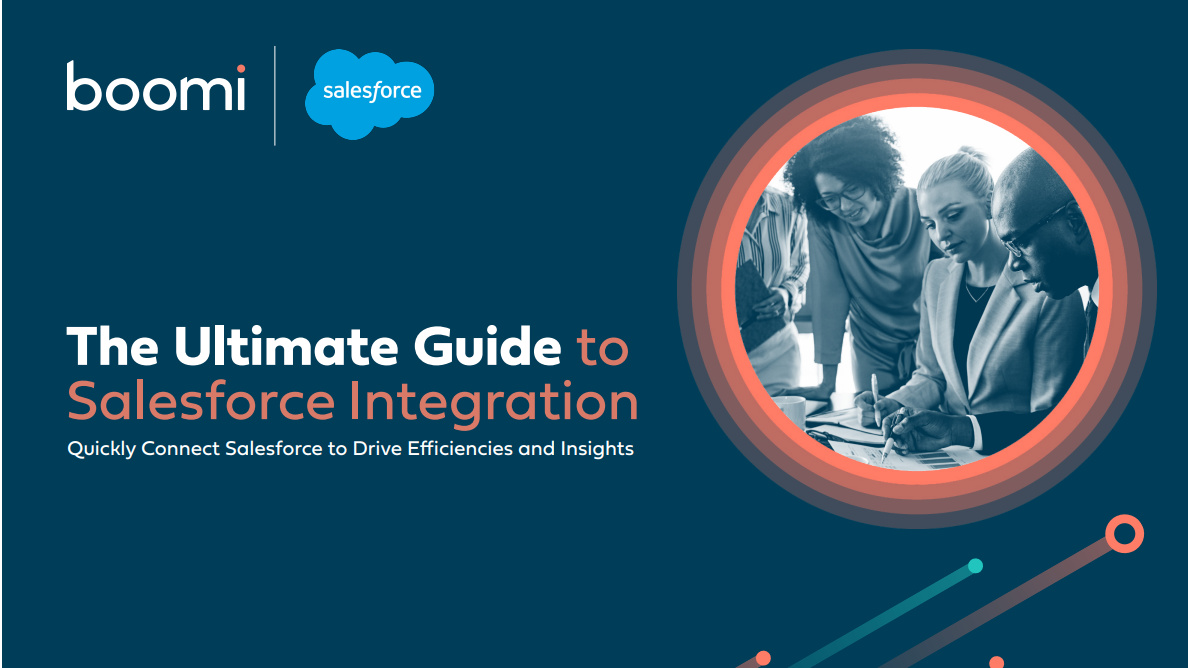 The ultimate guide to Salesforce integration
The ultimate guide to Salesforce integrationwhitepaper Quickly connect Salesforce to drive efficiencies and insights
By ITPro Published
-
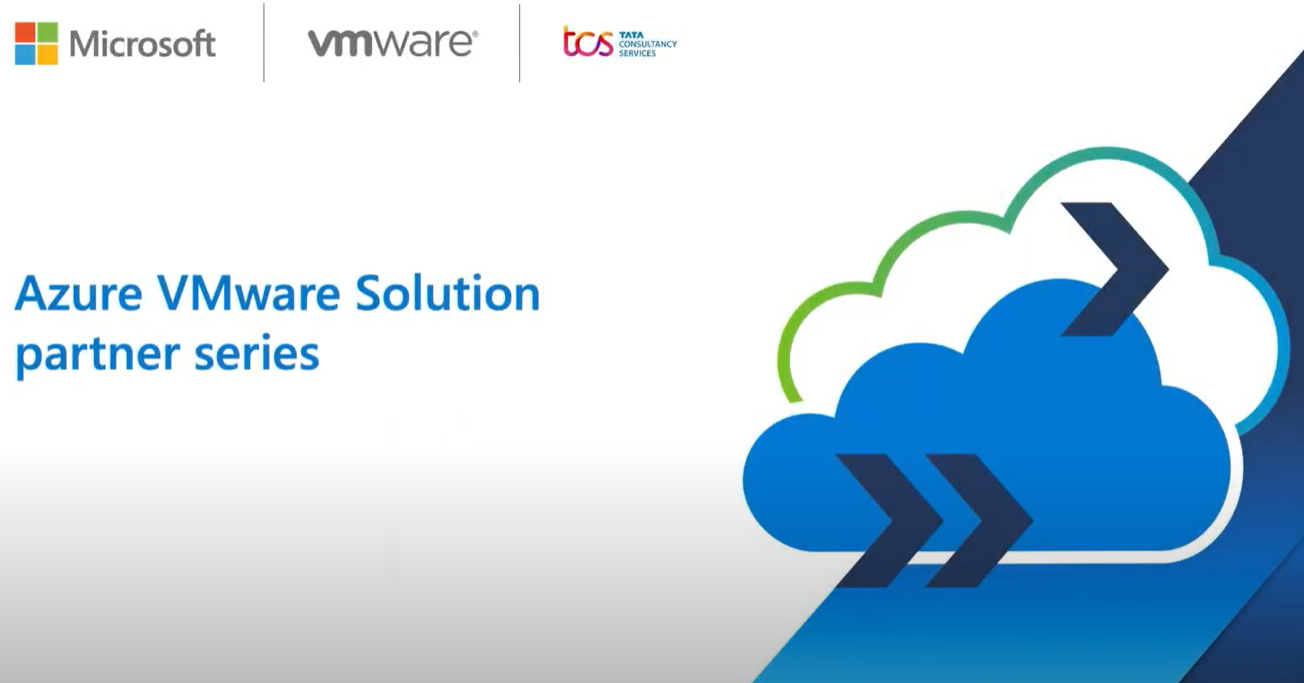 Azure VMWare Solution partner series
Azure VMWare Solution partner seriesWebinar How to unlock the value of Azure VMWare Solution for your organization
By ITPro Published